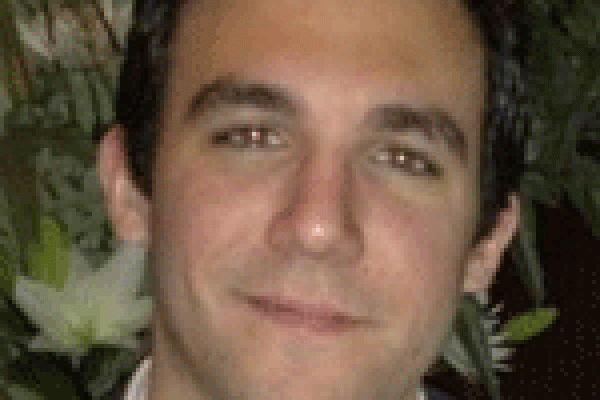
Superluminous Supernovae from Pair Instability and from SN ejecta - Circumstellar Matter Interaction: Insights from Light Curve Fits and Simulations
Superluminous Supernovae (SLSNe) appear to come in two main spectroscopic flavors: hydrogen-rich (such as SLSN 2006gy, SLSN 2006tf, SLSN 2008am) and hydrogen-poor (such as SLSN 2007bi, SLSN 2008es, SLSN 2010kd). SLSNe are thought to be the result of either violent, massive SN ejecta - circumstellar interaction or massive stars that encounter electron-positron pair instability in their oxygen cores (Pair Instability Supernova; PISNe). In the present work, we use the observed LCs of 9 SLSNe and other objects in which CSM interaction might be relevant and fit a series of SN LC models for different power input mechanisms (radioactive decays of Ni-56 and Co-56, magnetar spin-down, CSM interaction) using a new x2 - minimization code. The analysis of the fitting results and the implied model parameters suggest that CSM interaction is the most likely mechanism for the majority of hydrogen-rich SLSNe. We suggest that hydrogen-poor CSM interaction can also be relevant in hydrogen deficient SLSNe, such as SLSN 2006oz and even SLSN 2007bi as an alternative to the PISN scenario. In addition, we present models of hydrogen-poor CSM shells ejected by Pulsational PISNe corresponding to rapidly rotating progenitors with smaller masses than in the non-rotating case.
